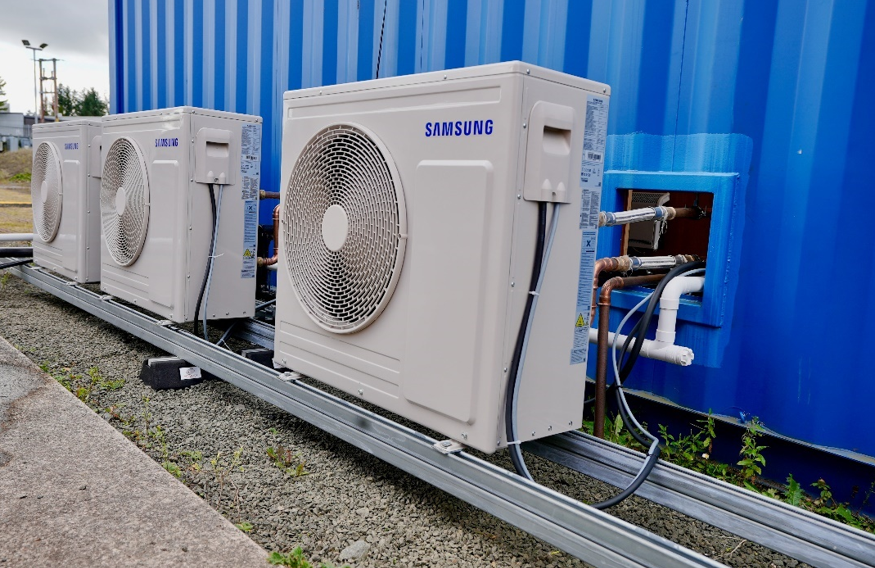A Stanford University is working on liquids for energy storage.
Robert Waymouth, the Robert Eckles Swain Professor in Chemistry in the School of Humanities and Sciences is leading a Stanford team to explore an emerging technology for renewable energy storage: liquid organic hydrogen carriers (LOHCs).
“We are developing a new strategy for selectively converting and long-term storing of electrical energy in liquid fuels,” said Waymouth, senior author of a study detailing this work in the Journal of the American Chemical Society. “We also discovered a novel, selective catalytic system for storing electrical energy in a liquid fuel without generating gaseous hydrogen.”
Storage batteries are generally lithium-ion technologies, but dure to the scarcity of materials other technologies are being researched that could supplement these.
Among the candidates are LOHCs, which can store and release hydrogen using catalysts and elevated temperatures. These “liquid batteries” could store energy and return it as usable fuel or electricity when needed.
The Waymouth team is focussed on isopropanol and acetone as ingredients in hydrogen energy storage and release systems, however the traditional methods of production are inefficient. Cobaltocene turns out to be a magic additive. Cobaltocene, a chemical compound of cobalt, a non-precious metal, is relatively inexpensive and unusually efficient when used as a co-catalyst in this reaction.
The researchers are also exploring more abundant, non-precious earth metal catalysts, such as iron, to make future LOHC systems even more affordable and scalable.
© 2019 Perspective Publishing Privacy & Cookies







Recent Stories